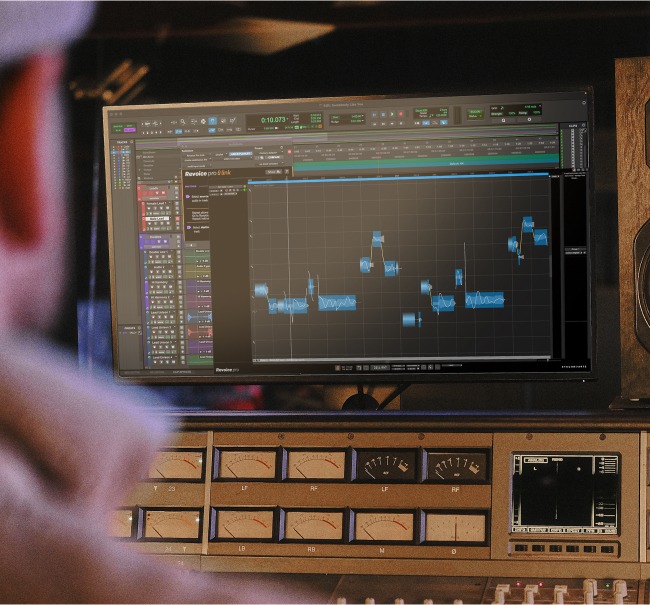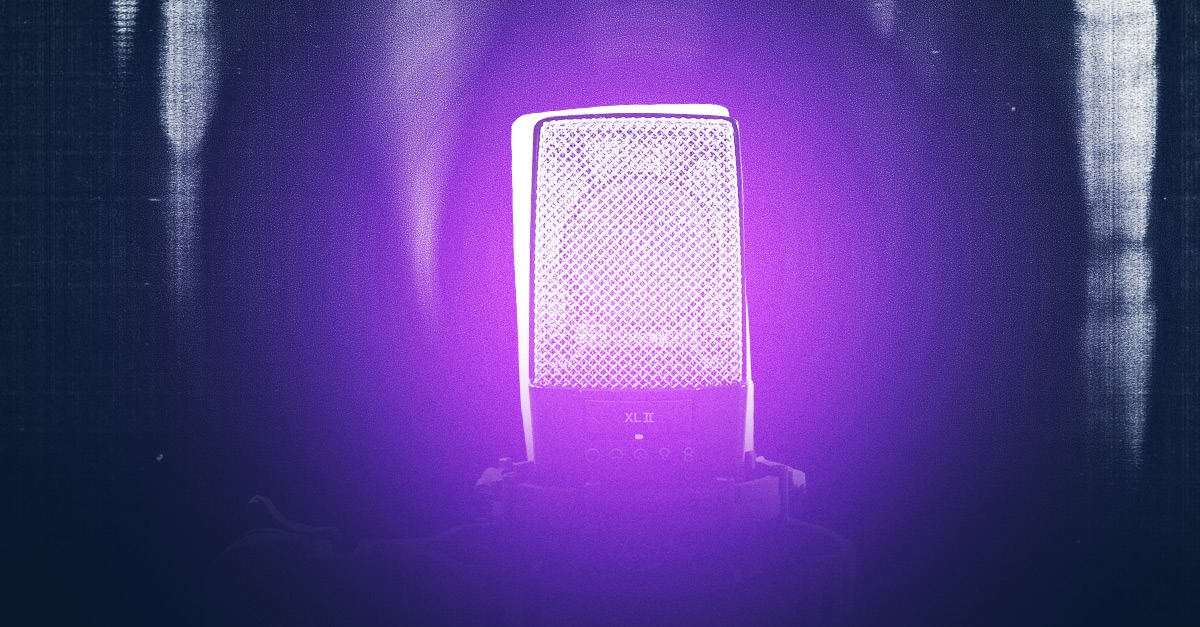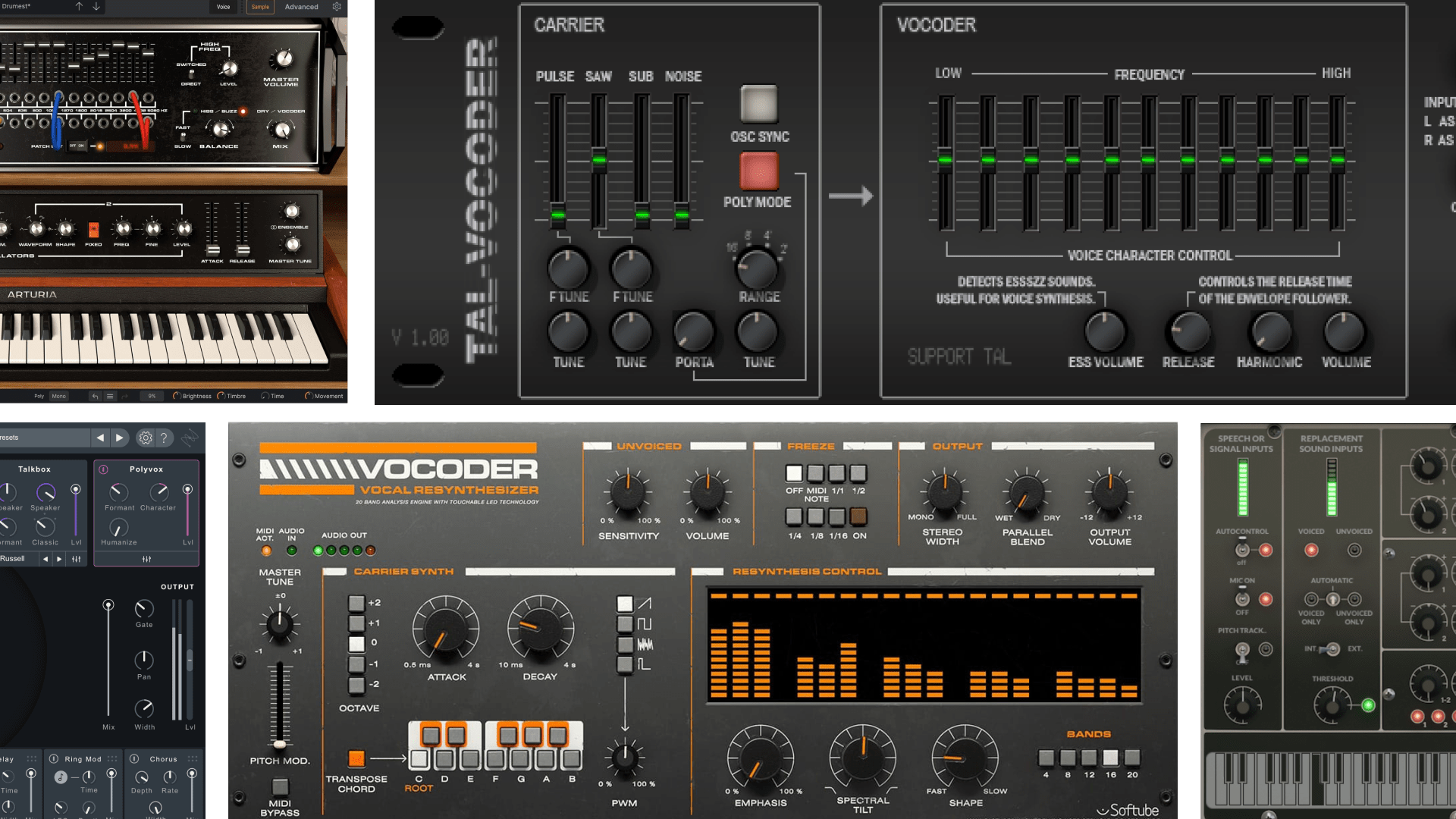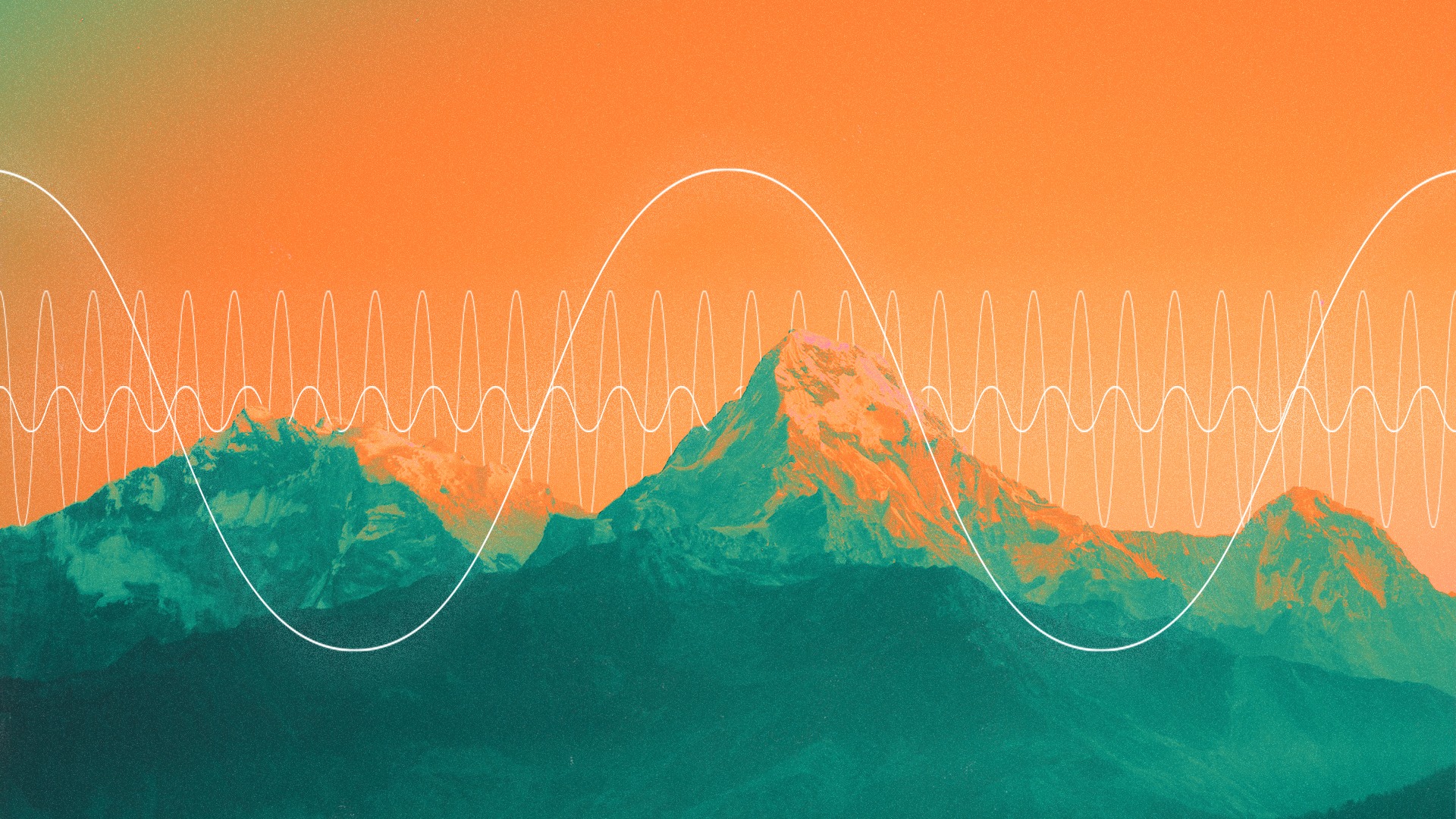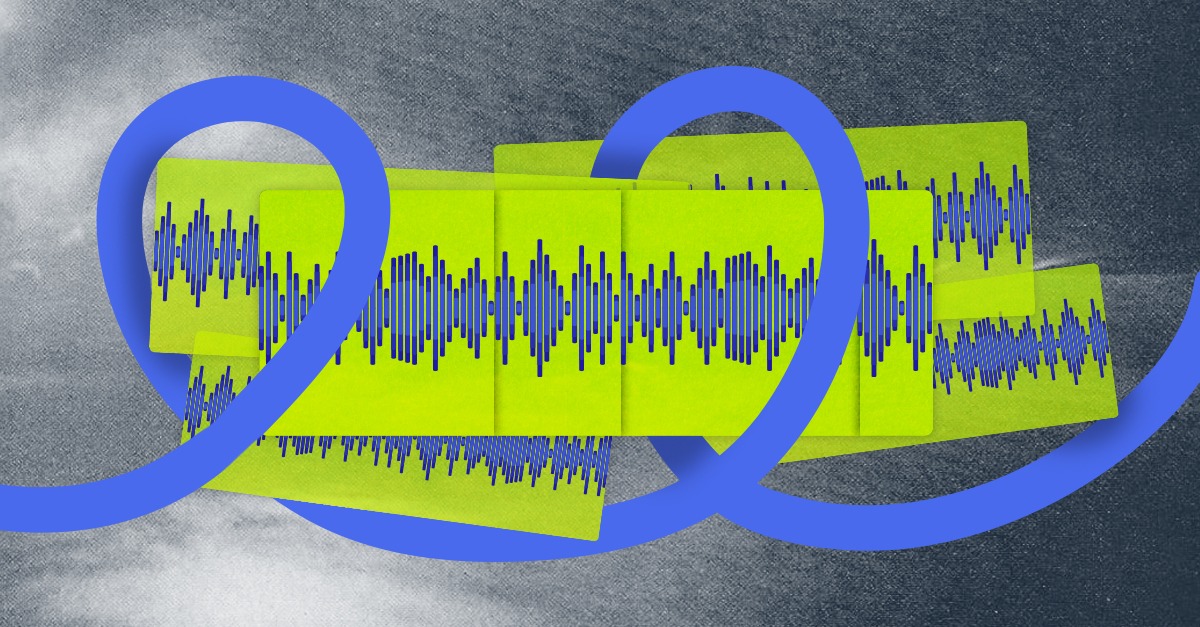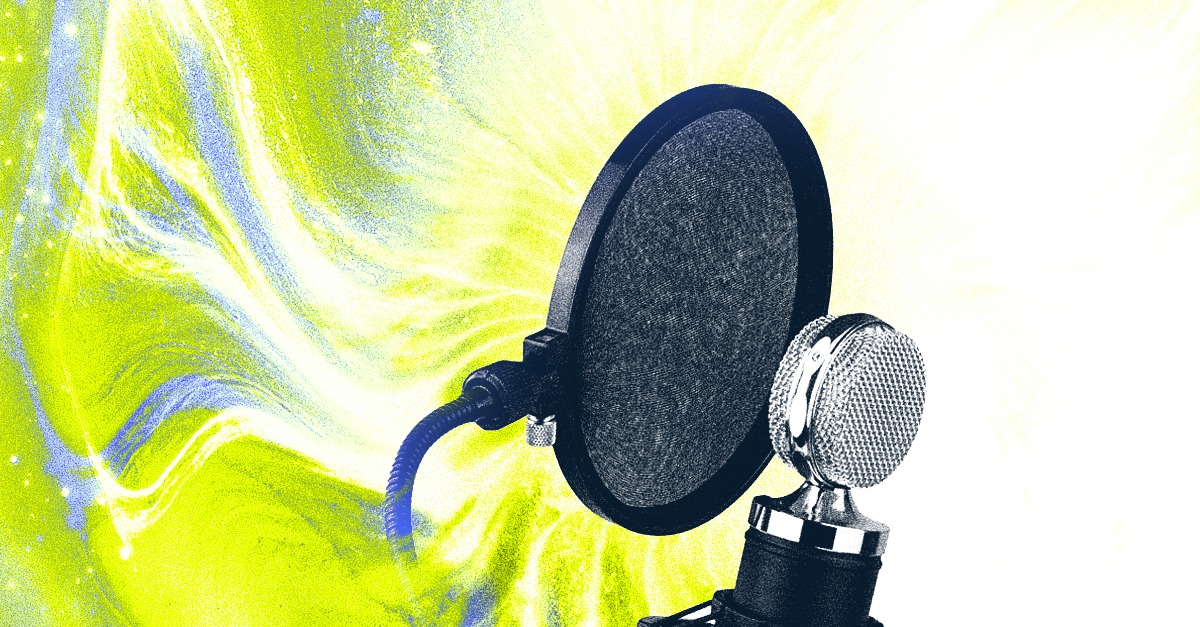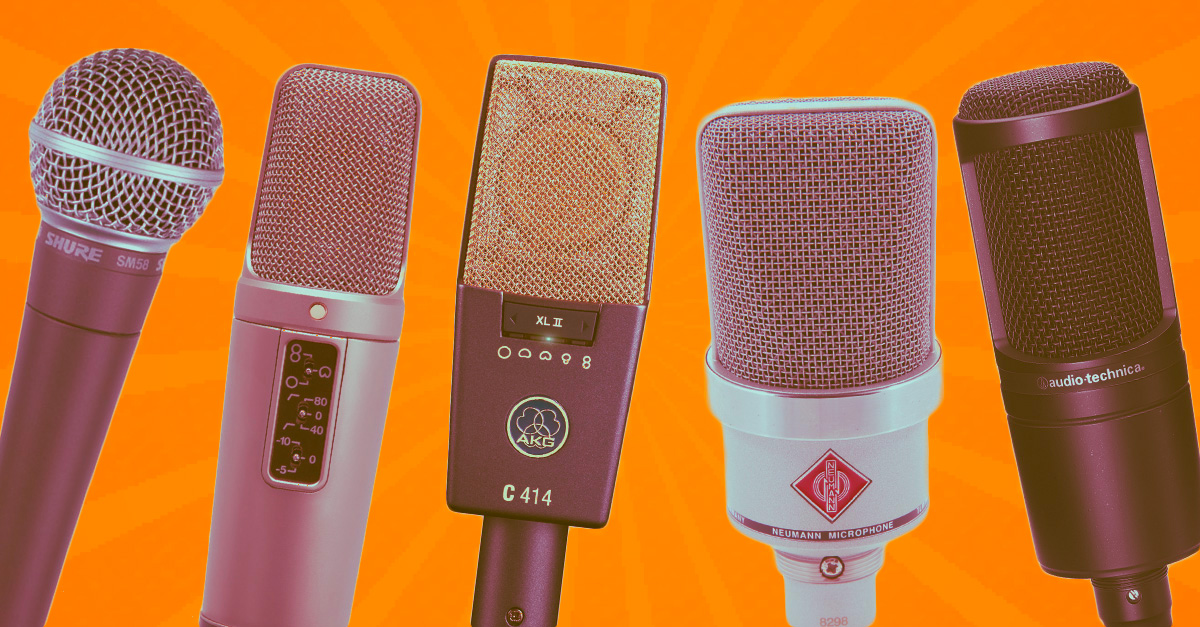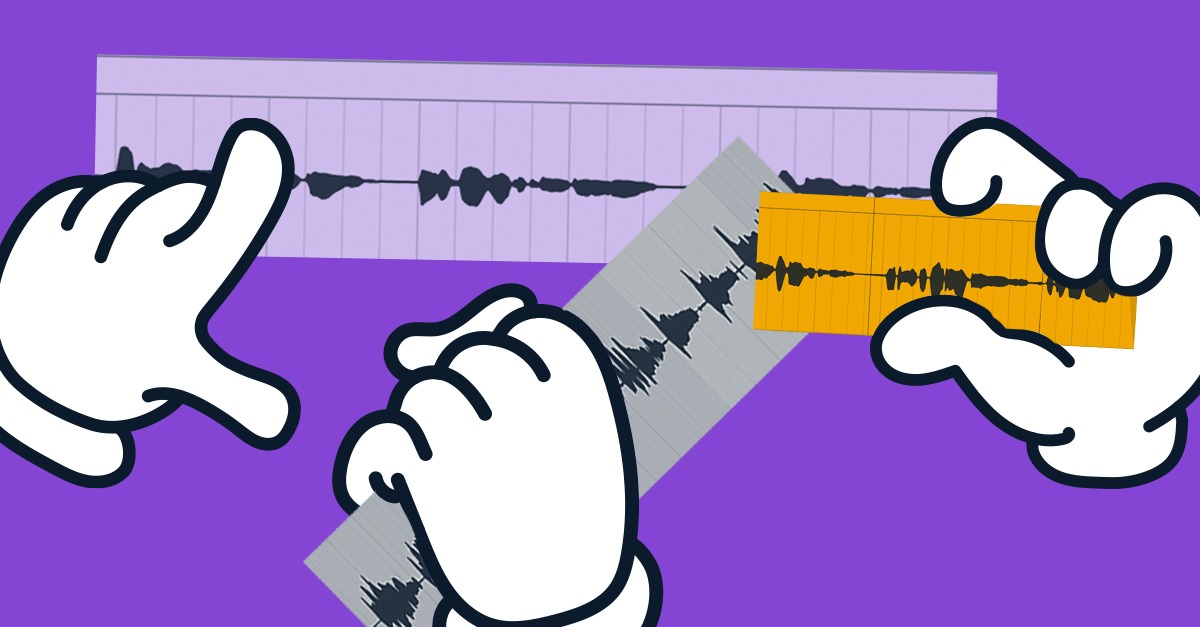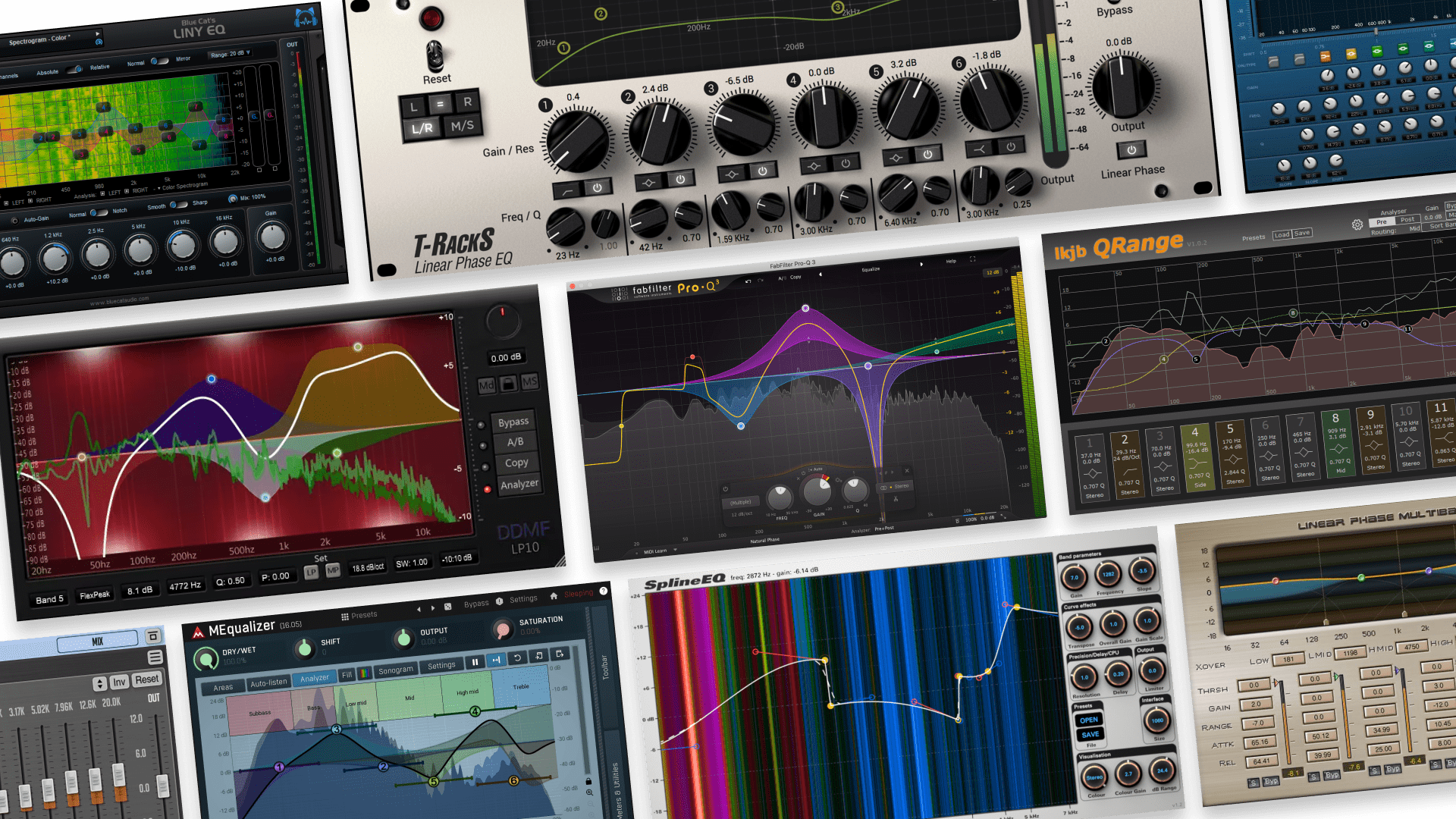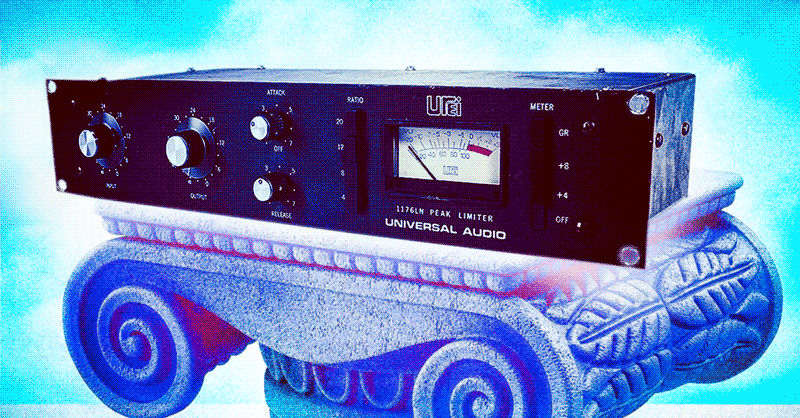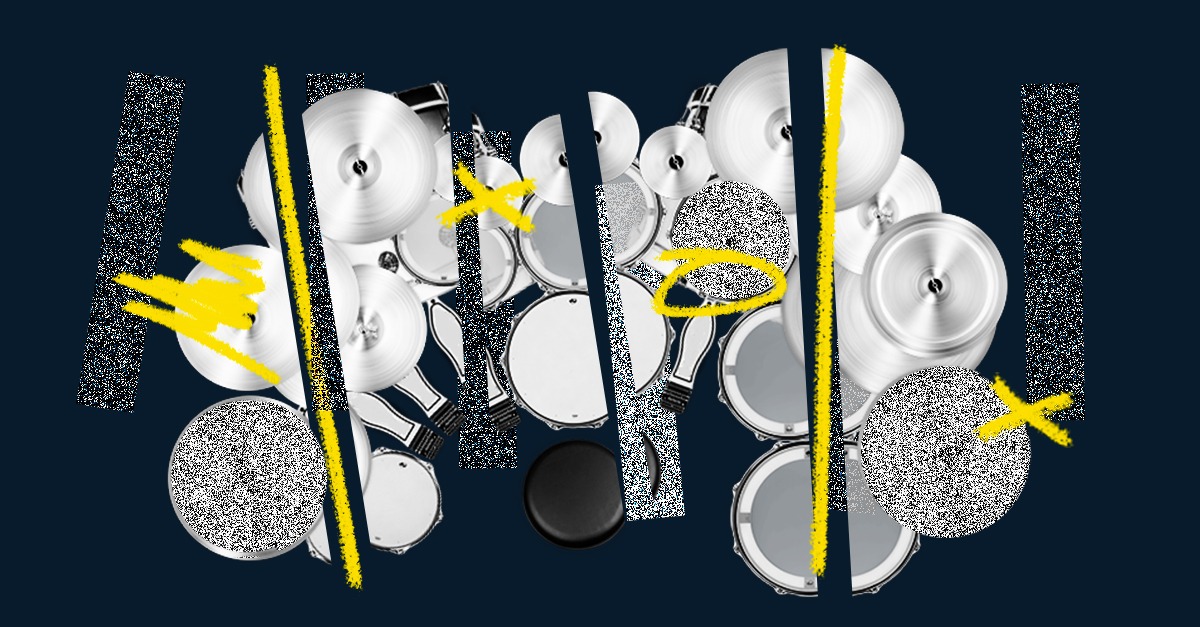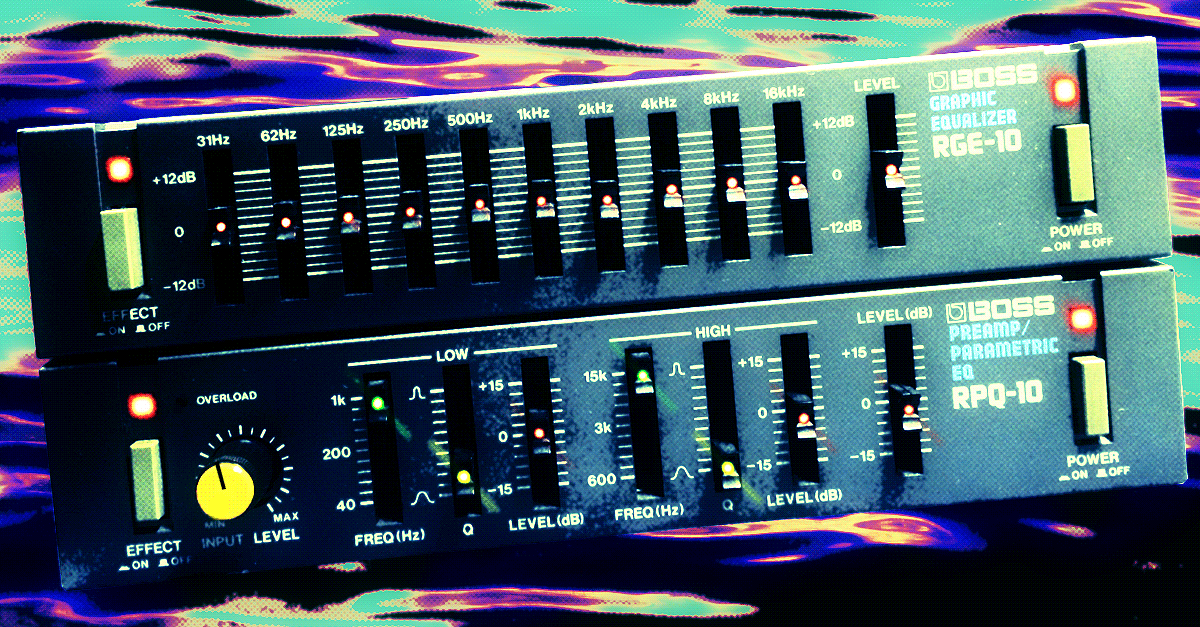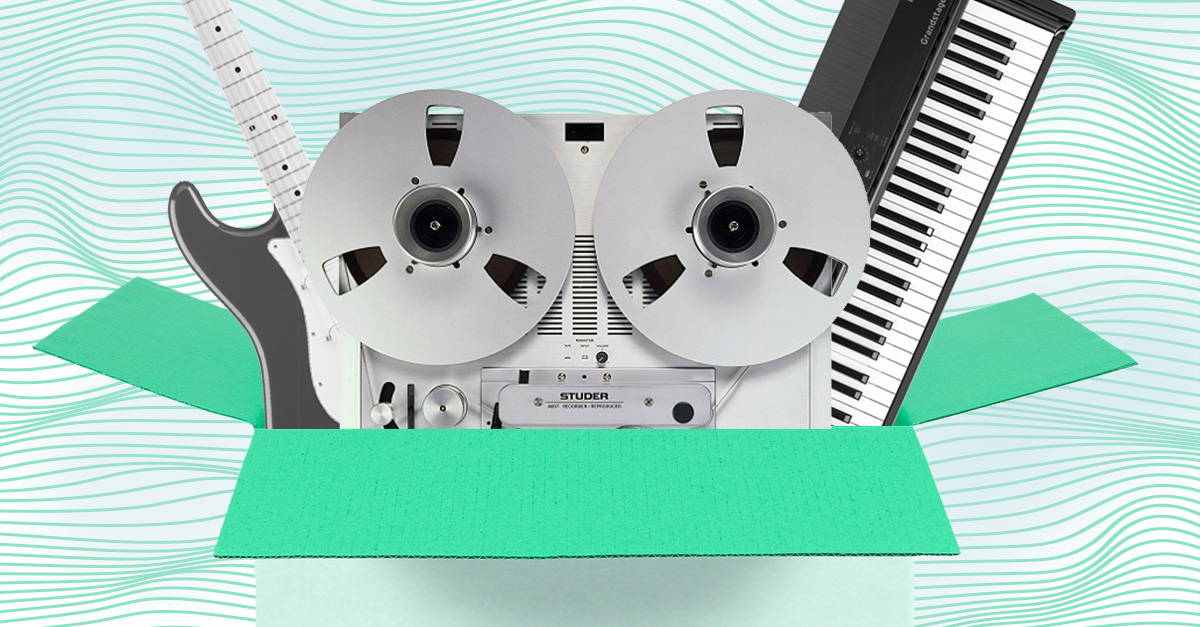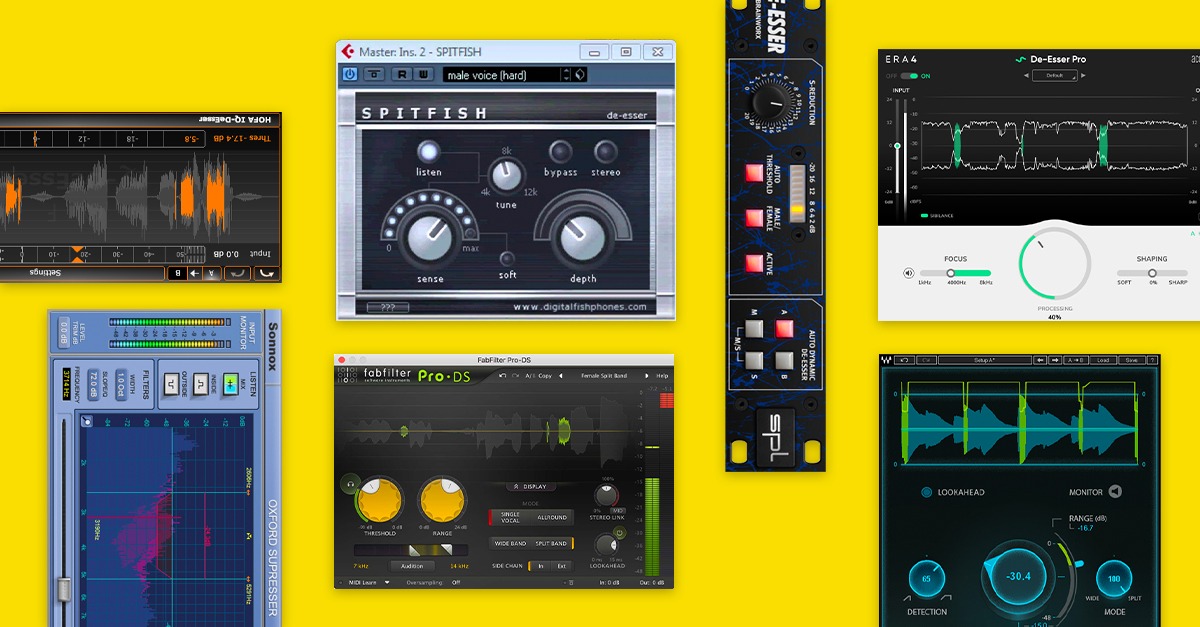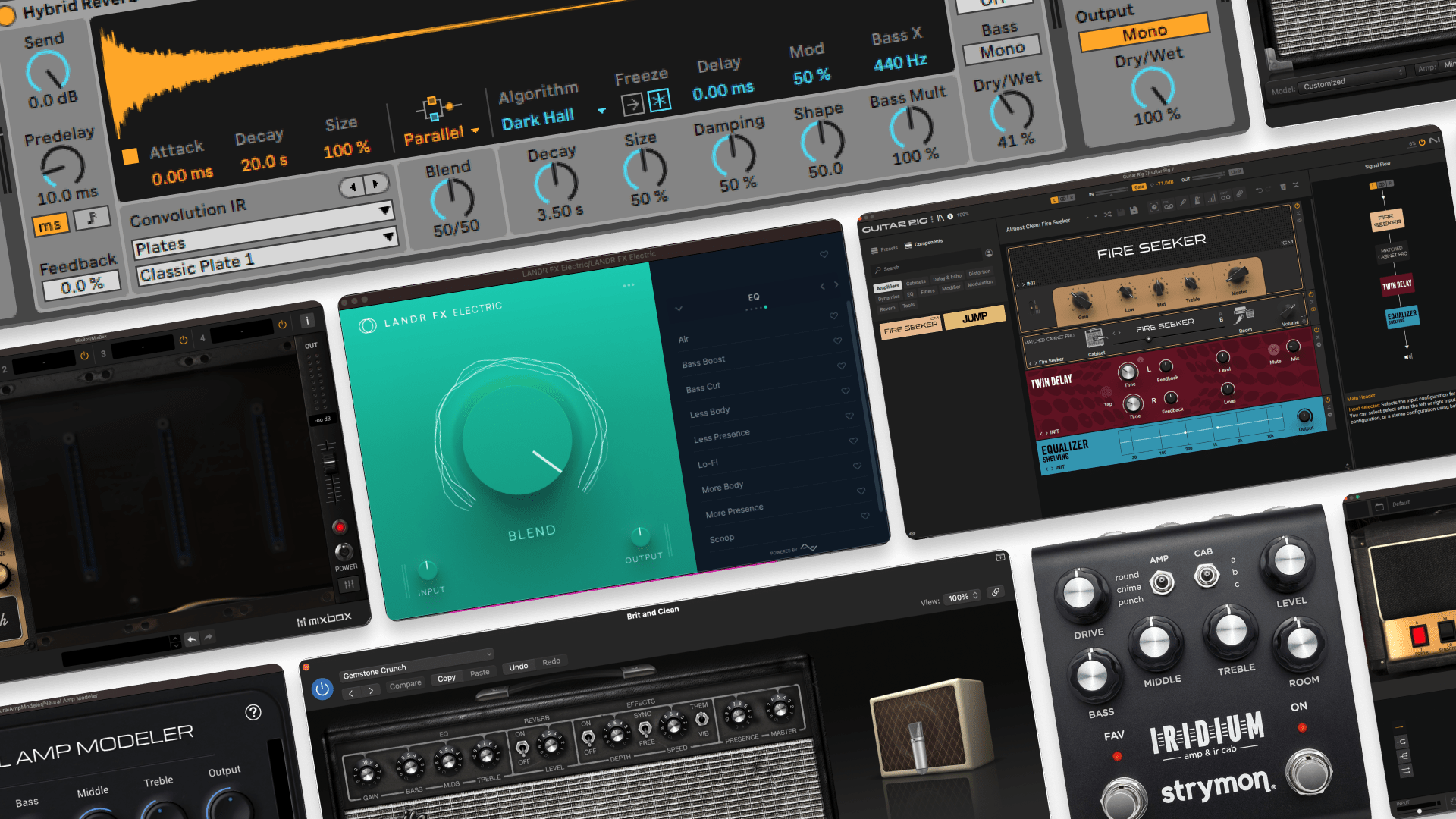
Vocal Production: The Ultimate Guide for Beginners

Vocal production is a huge part of crafting a professional quality song.
From capturing a great performance to refining it through mixing and mastering, vocals are a major element of most producers’ workflow.
With such an important aspect of music production, it’s easy to feel intimidated if you’re just getting started.
But while it takes some practice to master, there’s nothing to be scared of when it comes to producing great vocals.
In this article I’ll give an introduction of vocal production and explain the basics at every step of the process.
What is vocal production?
Vocal production is the art of capturing, refining and enhancing the human voice for presentation on a musical recording.
It includes every step of the process from recording the singer in the studio to the final master.
Any music genre that includes singing or speaking requires a special focus on vocal production to connect with listeners.
As a result, there is a rich tradition of production techniques that lead to the finished product of a great studio vocal.
Recording vocals
Vocal production begins when you first capture the singer’s performance.
At this stage, choices like the type of microphone you use and the environment where you record make a big impact.
But you’ll also have to consider the vocalist’s performance itself. Experienced producers know how to encourage a singer to deliver their best takes during a recording session.
In this section I’ll cover the most important issues at the recording stage of vocal production.
Choosing a microphone
Choosing the right mic is essential for a great vocal sound.
After all, there are so many different choices out there, and not all of them will be a perfect match for a given singer.
In fact, it’s almost impossible to predict which mics will truly compliment a voice without hearing them first.
That said, there are general choices for most budgets that experienced producers frequently recommend.
Check out our guides to choosing the right microphone for a deep dive on the subject:
Coaching a vocalist
Guiding a singer through a challenging session is an art form in itself.
After all, singing is one of the toughest disciplines in music, even for accomplished performers.
On top of that, vocal performance is deeply wrapped up in emotions and self-confidence for many singers.
As a producer, your job is to help them get the take. Sometimes that means giving direction, encouragement or constructive criticism to shape the performance.
It also means using studio techniques like punching in to give the singer a better chance to nail difficult passages.
If you’re new to recording singers, head over to our guide to producing a vocal session to learn more.
Recording yourself
Many DIY musicians have to play all the roles when it comes to music production.
If you’re a singer recording yourself, there are some unique considerations to address.
Performing and producing can go hand in hand, but they often require different mindsets.
You’ll need to strike a balance between maintaining control of the technical elements and committing to the feel of the part.
Here’s my quick advice for self-recording singers to get better results from vocal tracking:
- Don’t break your flow to edit if you’re deep in the emotional space of the song’s performance—capturing the feel is your first priority!
- Take plenty of time to get the setup right. You don’t want to risk ruining a compelling take with problems like clipping or recording issues in the DAW.
- Try not to let perfectionism get in your way. Looking at takes under the microscope can easily shake your confidence. Don’t get bogged down trying to perfect the small details at the expense of the overall feel.
Editing a vocal performance
Modern studio vocals are carefully crafted by the engineer for maximum impact.
By supporting and enhancing the vocalist’s basic performance, producers are the co-creators of the final sound of the vocals in the mix.
In this section I’ll lay out the basics of the key editing tasks in vocal production.
Comping
Once you’ve captured some takes, you’ll have to choose the best moments from each to create the strongest version of the performance.
This process is called comping, and while it can be used after recording any instrumental performance, it’s especially important when it comes to vocals.
Each DAW has its own process when it comes to comping, but the basic idea is similar in all of them.
Looking to take it step by step?
Start from the basics and build your way to our vocal production overview.

Each pass you record gets saved as a separate lane in a folder or playlist of takes.
Once you’re done recording, expand the take folder and start listening through the best find phrases or segments in each.
Promote your selections to a new lane or main take to create a composite or “comped” performance.
Vocal pitch correction
Comping is a powerful tool, but it can’t always solve every issue when it comes to vocal performances.
For example, you may decide to use vocal takes with superior feel and delivery, even if they contain small imperfections.
Or you may simply not have a satisfactory take available from the tracking session for certain sections.
In these cases, many producers turn to vocal pitch correction to repair issues and tighten problem areas.
While you may think of Auto-Tune and other vocal pitch correction software as a shorthand for the hard-tuned robot voice effect, the truth is that the technology is mostly used for subtle correction.
Check out our guide to vocal pitch correction for the full story on how to use tools like Melodyne and SychroArts RePitch.
Audio restoration
Finally, audio restoration techniques are becoming a staple in today’s vocal production workflows.
No matter how ideal the recording conditions, many vocal tracks contain imperfections that can be improved with software.
Removing background noise, controlling breaths, and reducing mouth sounds are all common jobs for audio restoration tools when it comes to vocals.
Not only that, advanced spectral techniques can improve on traditional methods of de-essing or EQing problem frequencies.
These may seem like minute details, but taking the time to give your tracks this level of attention can take a good vocal sound to the next level.
Mixing vocals
Mixing is where the overall quality of the vocal production takes shape.
Even though there’s plenty of work to be done before you get there,
Serial compression
The human voice is a naturally dynamic instrument.
When you first start recording singers you might be surprised by the intense variation in level from one phrase to the next.
It’s the reason why audio compression is so important when it comes to vocal mixing.
If you’re completely new to this type of processing, it’s probably best to back up and get a crash course on how compressors work.
But if you understand the basics, you might see why a single compressor can’t do 100% of the work to keep a dynamic vocal in check.
Many engineers prefer a technique called serial compression for vocals. In this setup, the engineer adds a second (or third!) compressor in series.
One compressor tackles the fast transients from the onsets of the singer’s words, while the second is set for gentler overall control.
This method gives you more precise control over every aspect of the signal’s dynamics.
Vocal EQ
After dynamics, the next important element to shape is the frequency balance of the recorded vocal.
That’s where EQ comes in. Like compressors, many engineers choose to use multiple stages of equalization to achieve the end result.
For example, a producer might opt for a high-pass filter first in the chain to clear up distracting low end before hitting the first of the compressors in a serial setup.
But other than that, every vocal is different. There are no one-size-fits-all recommendations when it comes to vocal EQ.
That said, there are a few general directions that we covered in our in-depth guide to get you started.
Here are my most essential EQ moves in vocal production:
Boost the highs
Vocals need to soar above the mix with an audible sense of air and detail. That means they need lots of high-end!
Even a bright microphone may need extra top end to really shine. Consider a smooth, gentle boost anywhere from 8 kHz to 16 kHz.
Soften any harshness
On the other hand, excessive upper midrange can give vocals a harsh, fatiguing quality.
If your vocal tracks sound grating after adding compression, consider cutting some energy in the area around 3-5 kHz to smooth them out.
Decrease any boxiness
Some vocal recordings can have a flat, narrow sound from too much energy in the midrange frequencies.
Sometimes called “boxy” sound, vocals with this quality can benefit from a broad cut at frequencies around 1-2 kHz.
Clear up any mud
Finally, muddiness is a major cause of poor results in any mix. It results from a buildup of excessive low frequencies that mask essential elements of the mix like kick and bass.
Unfortunately, vocals can also contribute to muddiness, even if the full low end sounds good with the vocal mic solo’d.
Try a high-pass filter at frequencies from around 75 to 100 Hz. Just be careful to stop before the vocal becomes thin and raspy.
Vocal effects
Beyond basic mixing processes like EQ and compression, most producers like to embellish vocals with effects.
Popular choices include delay, reverb and stereo widening. But sample chopping, voice transformers and any other effect you can imagine is on the table—there’s no limits when it comes to creative effects!
That said, it’s important to set up vocal effects like this in parallel chains using aux send and return channels. That way you can easily blend the dry signal back in with the effect so the vocal stays clear and present throughout.
If you’re looking for creative ideas for effects in vocal production, head over to our vocal processing guides to learn more.
De-esser
Finally, there’s a special type of dynamics processor dedicated to one particularly frustrating aspect of vocal mixing.
I’m talking about sibilance, or the harsh scraping sound that sometimes occurs when a vocalist sings the “s” syllable.
With some voices and microphone types, the sibilant “s” sounds are so loud that they take over and distract you from the performance.
Looking for more mix tips?
Learn the basics with these guides.
Engineers developed de-essers to deal with this specific problem.
They are essentially compressors that only act on a narrow area of the frequency spectrum where sibilance occurs.
Check out our guide to de-essers to get a primer on how they work and the best options to use in your mix.
Vocals and mastering
By the time you’re ready to master your music, vocal production is done right?
Well yes—and no.
Mastering acts on a mixed stereo file, so there’s no more dedicated vocal processing going on at this stage.
But vocals are often among the loudest elements of a mix.
That means any limiting, compression, EQ or stereo processing that occurs during mastering also acts powerfully on the vocal.
Some mastering engineers even use an additional stage of de-essing during mastering to tame sibilance that’s still causing issues in a finished stereo mix.
While interventions like this may be necessary during mastering, your best bet is to process the vocal appropriately in your mix.
A controlled, balanced mix with vocals that compliment the arrangement may not need as much attention during mastering—that should be your goal!
Producer’s guide to vocal production
There’s a lot for emerging producers to learn when it comes to vocal production.
But that shouldn’t scare you off. If you’re willing to take the time to grow your skills, you’ll make strides as you improve.
Whether you need help with tracking, editing, mixing, there’s something in this article for every producer.
If you’ve made it to the end, you’ll have the foundation you need to produce great vocals.
Gear guides, tips, tutorials, inspiration and more—delivered weekly.
Keep up with the LANDR Blog.

